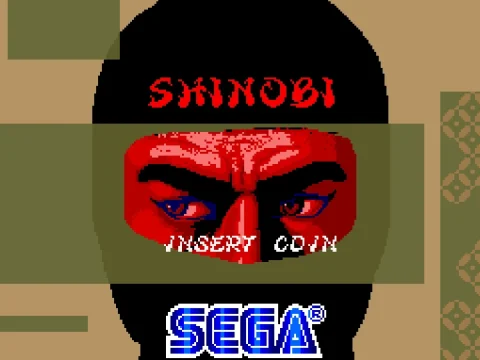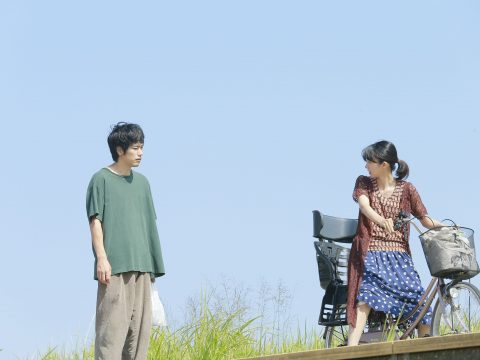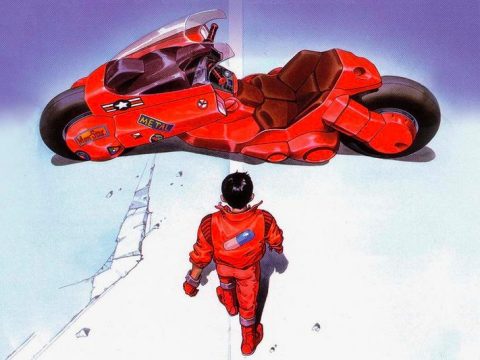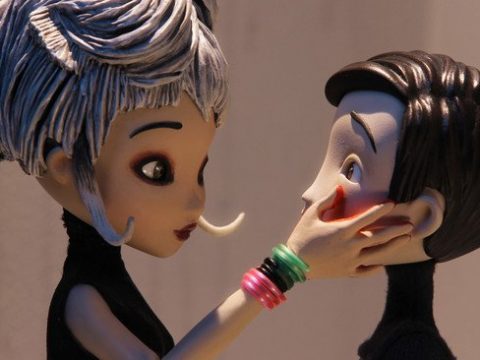I love fancy special effects and the accompanying oohs and aahs as much, hell, maybe even more than the next guy, so it should carry at least a little weight when I say that Kazuaki Kiriya needs to chill out. Maybe that would be like telling a dog not to bark, but it’s worth a shot. Goemon is further proof that he has a long way to go before he can break out of that music video box, where the concern of being flashy takes precedent over everything else.
It is, however, much better than Casshern.
In Goemon‘s technicolor world, the wealthy and powerful prosper more than ever while the poor and weak stagnate in the slums below. During another attempt to provide these poor folks with the riches they deserve, legendary thief Goemon Ishikawa inadvertently steals a mysterious indigo box, and this is something government officials are willing to kill anyone and everyone in their way to find. Making matters more difficult for Goemon is the fact that Saizou, the most famous shinobi in the land, has been dispatched to retrieve the box.
As the story progresses, the secret of what this box truly is and why its contents are so important unravels, as does the deep history of Goemon. His backstory ends up as one of the more interesting aspects of the film, even if some of the flashbacks through which it’s told are nearly interminable. Everything winds slowly up a ladder of ambition, through long lineages that have vied for nothing more than limitless governmental power, and have shed rivers of blood to attain it.
The spinning of this yarn itself is ambitious, for sure, and even if Kiriya was fully up to the task, it gets muddled somewhat along the way. Even the budget can’t contain Goemon‘s contents, as it ends up looking like someone tried to make 300 meets Samurai Warriors with a sack of money about fifty million shy of what was minimally necessary.
Despite these constraints, there’s still a wealth of fantastic imagery in the movie, it’s just fleetingly impressive, and tied to a plot that’s about to buckle under its own girth. A flashback shows Nobunaga on horseback, head-to-toe knight’s armor drenched in blood that stands out atop a monochrome background. Even simpler: a woman leans on a bridge smoking a pipe, framed tastefully before a bright blue sky and the expansive view of the city.
No matter what level of appraisal it receives, people are going to ask the same thing about Goemon as they did about Kiriya’s take on Casshern: “okay, but how’s the action?” It’s a fair question, and with this type of film it’s understandable if that’s the prime concern. To be fair, there are some solid showdowns throughout, but many of them visually boil down to tokusatsu stage demos when you strip away the very loose connection the actors have with their backdrops.
However, do look forward to all the stock ninja moves one could ever desire, and this is not a wholly disparaging comment. I mean, anyone going into a ninja movie is going to be disappointed to some degree if said shrouded assassins aren’t tip-tap dashing across rooftops, throwing shuriken and, in the most extreme of duels, kicking each other and freeze-framing against the celestial orb of their choosing.
Not everything about Goemon is as cold and sterile as the effects with which these moves are executed. Goemon himself, played by Yosuke Eguchi (The Haunted Samurai, Shaolin Girl), is portrayed with heart and is likable enough to carry the movie. The majority of the cast members are solid, actually, with the always excellent Susumu Terajima (Hana-Bi, Ichi the Killer) filling in the big shoes of Hanzo Hattori, and Eiji Okuda doing the same with Hideyoshi Toyotomi. When I get into the performances it makes me wish I didn’t have to spend so much time rambling about visuals, but that’s bound to happen when a film makes sure they’re on your mind for the duration.
I like tales of noble thieves—I’ve always been interested in Goemon, though I admit I favor him as a squat, blue-haired character in a Super Nintendo cart—so Kiriya would have to try hard to bust this for me. As it is, he didn’t do so completely, because there’s a classier film buried somewhere under the glossy rubble; a more tightly-knit story beneath cumbersomely woven layers. Hopefully he can find that proper balance with his next film. For now, if you’re hungry enough for two hours of ninja drama and action that could be called “epic” by most standards (especially those of the Internet), Goemon might just satisfy, if only for a moment.
The North American premiere of Goemon screened at the Imaginasian theater as part 21 of New York – Tokyo’s Nippon Eiga series. For more information, visit their homepage.







